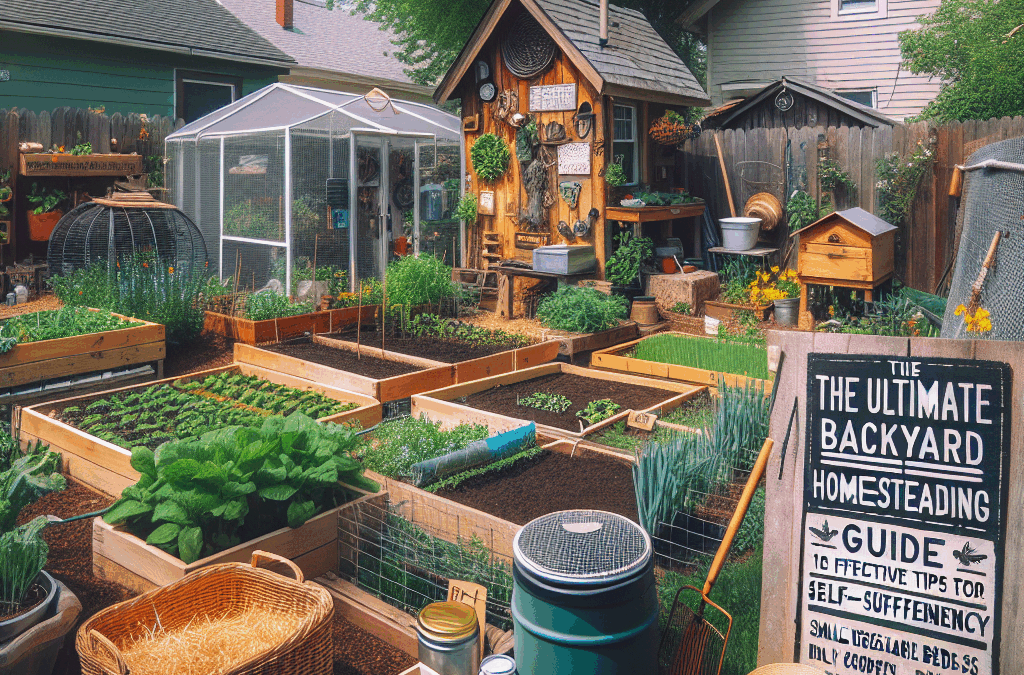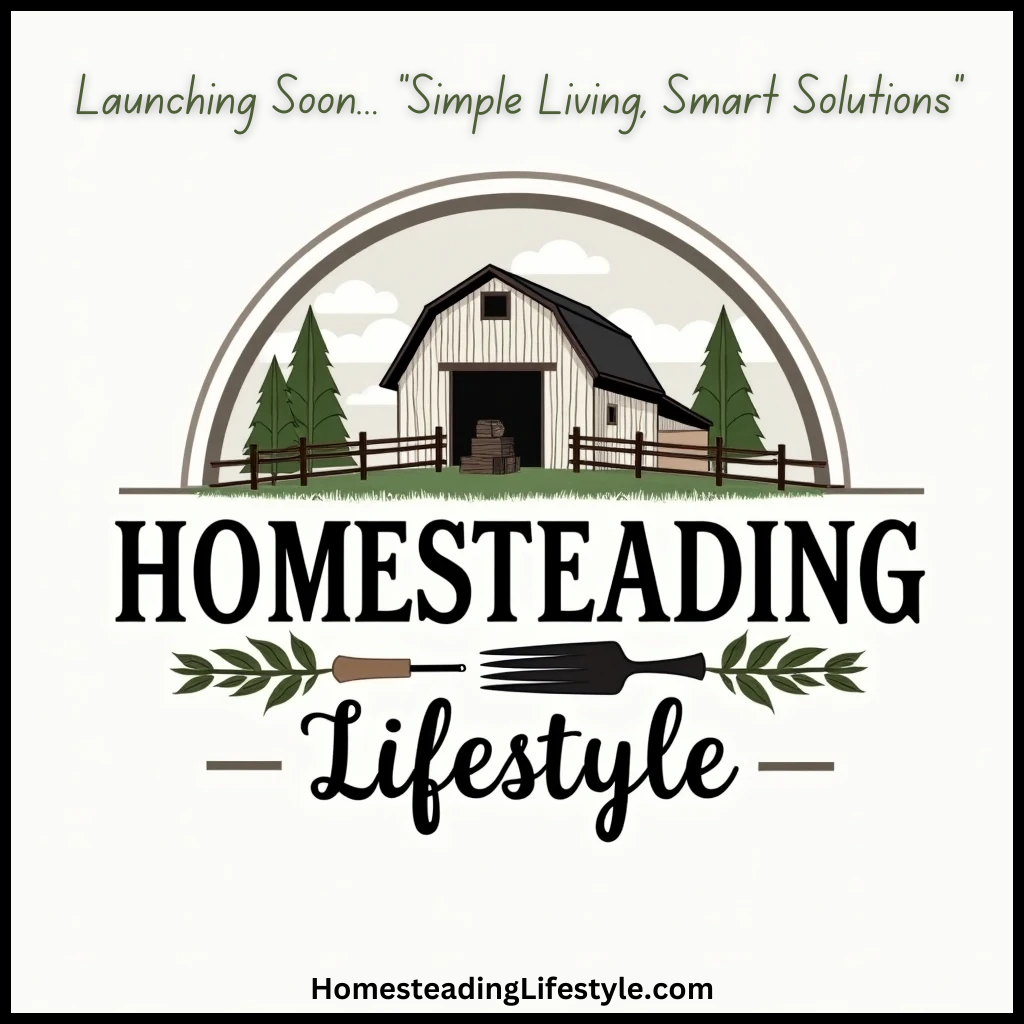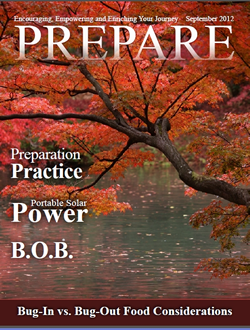1. Planning Your Homestead Layout
Designing a Functional Space
Creating an efficient layout is the foundation of a successful backyard homesteading guide. Start by mapping out your available land, considering sunlight, shade, wind patterns, and accessibility. Planning helps you utilize the space effectively, ensuring that your garden beds, animal enclosures, and compost areas are conveniently located.
In 2025, adopting permaculture principles can maximize land productivity and sustainability. Incorporate zones that reduce the need for long-distance labor, such as placing water sources near your garden beds and chicken coops. This strategic planning saves time and energy, making homesteading more feasible for busy families.
Remember, flexibility is key. Use modular or movable elements to adapt as your needs and preferences evolve. A thoughtful layout increases productivity and makes daily chores less stressful, embodying the core of a successful backyard homesteading guide.
Practical Tips for Planning
Start by creating a detailed sketch or digital map of your yard. Use existing features like trees, slopes, and structures to influence your design. Prioritize accessible pathways and safe zones for children and pets. Incorporate zones for different activitiesâgardening, animals, storageâand plan for future expansion.
Utilize raised beds and vertical gardening techniques to maximize small spaces. These methods are especially relevant in 2025, as urban and suburban homesteaders seek efficient solutions for limited land. Proper planning can improve yields and reduce maintenance over time.
Finally, document your plan and revisit it periodically. Stay informed on new techniques and adapt your layout to incorporate innovations in sustainable living. This approach reflects the ongoing evolution of the backyard homesteading guide in 2025.
Advanced Planning Technologies
In 2025, many homesteaders leverage technology for planning and management. Software applications and online tools help create detailed layouts, simulate sunlight exposure, and predict crop rotations. Using such tech can optimize your backyard homesteading guide with precision.
Additionally, consider installing solar pathfinding apps to understand how sunlight shifts seasonally. These insights assist in positioning your plants and structures for maximum energy efficiency and productivity.
Integrating technology into your homestead plan ensures a more resilient and sustainable setup, aligning with the latest trends in self-sufficient living for 2025.
2. Choosing the Right Crops for 2025
Understanding Climate and Soil
Selecting the best crops for your backyard homesteading guide rests on understanding your local climate and soil conditions. In 2025, climate-resilient varieties are gaining popularity as climate change introduces more unpredictability. Conduct soil tests to determine pH, nutrient levels, and drainage capacity, helping you choose suitable plants.
Planting crops adapted to your zone can significantly improve yields. Examples include drought-tolerant vegetables and heirloom varieties that thrive in specific conditions. This strategic crop selection is vital for self-sufficiency and aligns with sustainable practices.
Consider crop rotation and companion planting to maintain soil health and reduce pest problems. These methods make your homestead more productive and resilient, forming a cornerstone of the backyard homesteading guide.
Trends in 2025: Superfoods and Native Vegetables
2025’s backyard homesteading guide emphasizes growing superfoods like kale, quinoa, and berries, which offer high nutritional benefits and are increasingly popular. Native vegetables and fruits also adapt better to local conditions, requiring less water and fertilizer, which is cost-effective and eco-friendly.
Incorporating these foods into your garden can diversify your diet and reduce reliance on store-bought produce. As consumer preferences shift toward organic and healthy options, your homestead can become a source of premium, nutrient-dense food.
Experimenting with permaculture principles helps integrate these crops naturally, ensuring a productive and sustainable backyard ecosystem.
Growing with Sustainability in Mind
In 2025, sustainable crop choices will be more important than ever. Opt for organic, heirloom, and GMO-free seeds to promote biodiversity and soil health. Save seeds from your best plants to foster resilience and adapt to local pests and weather patterns.
Utilize water-efficient irrigation systems like drip irrigation or rain barrels to conserve resources. These practices reduce your environmental footprint and make your homesteading efforts more sustainable over the long term.
Ultimately, choosing the right crops based on climate and sustainability principles is essential in the backyard homesteading guide for 2025. It enables you to grow healthy food while caring for the earth.
3. Building Sustainable Water Systems
Rainwater Harvesting Techniques
Effective water management is central to a thriving backyard homesteading guide. In 2025, rainwater harvesting systems are more accessible and efficient, allowing you to collect and store water for garden irrigation and animal needs. Installing gutters connected to storage tanks can capture significant rainfall, especially during wet seasons.
Proper filtration and regular maintenance ensure your rainwater remains clean and safe for use. These systems reduce dependence on municipal water sources, saving money and conserving resources. Embracing rainwater harvesting aligns with sustainable living trends in 2025.
Use overflow management and composting methods to maximize water use efficiency. Properly designed systems can also help in drought-prone areas, ensuring resilience against climate variability.
Efficient Irrigation Systems
Drip irrigation and soaker hoses deliver water directly to plant roots, minimizing waste and evaporation. These techniques are highly recommended in the backyard homesteading guide, especially in regions experiencing water shortages in 2025. Automation options can further reduce labor and ensure consistent watering schedules.
Timing your irrigation during cooler parts of the day also maximizes absorption and reduces water loss. Implementing smart timers and moisture sensors can optimize water use without constant supervision.
By investing in efficient irrigation, you not only promote healthier plants but also contribute to environmental conservation, making your homestead more sustainable and thriving.
Introducing Greywater Recycling
Greywater recyclingâreusing household water from sinks, showers, and laundryâcan significantly supplement your garden’s water needs. In 2025, improved filtration systems make greywater reuse safer and more practical for backyard homesteads.
Designing a greywater system requires careful planning to avoid contamination and ensure it complies with local regulations. It can be as simple as diverting water to your garden or as advanced as an integrated recycling setup.
This practice reduces water bills and environmental impact, making it an essential component of a modern backyard homesteading guide.
4. Raising Chickens for Fresh Eggs
Selecting the Right Breed
Choosing the right chicken breed is crucial for a successful backyard homesteading guide in 2025. If your main goal is egg production, breeds like Rhode Island Reds, Leghorns, and Sussex are popular choices due to their high lay rates and adaptability.
Consider your climate and space constraints when selecting breeds. For example, bantams need less space and are easier to accommodate in small yards, while dual-purpose breeds provide both eggs and meat.
Researching and selecting breeds suitable for your environment ensures a resilient flock and steady egg supply, which is vital for self-sufficiency.
Caring for Your Flock
Providing proper nutrition, protection from predators, and regular health checks are key aspects of raising chickens. In 2025, integrating natural remedies and organic feed options aligns with sustainable practices highlighted in the backyard homesteading guide.
Ensure your coop is well-ventilated, clean, and predator-proof. Regularly monitoring your flock helps prevent illnesses and keep them productive.
Engaging children and family members in chicken care fosters responsibility and educational opportunities, enriching your homesteading experience.
Egg Collection and Handling
Consistent egg collection prevents damage and keeps your flock healthy. In 2025, innovative nesting boxes and automatic collectors make this task easier and more hygienic.
Handle eggs gently, and store them in clean, cool environments. Proper egg handling preserves freshness and reduces spoilage, especially if you plan to sell or share your harvest.
Maximizing your chicken-raising efforts ensures a sustainable source of fresh eggs, cementing its role in your backyard homesteading guide.
5. Composting for Fertilizer
Starting Your Compost System
Composting turns kitchen scraps and yard waste into nutrient-rich soil amendments. In 2025, adopting advanced composting techniques helps your backyard homesteading guide succeed by improving soil health naturally.
Choose a suitable compost bin or pile locationâpreferably shaded and accessible. Layer browns (dry leaves, straw) and greens (fruit scraps, grass clippings) for optimal decomposition.
Monitoring moisture levels and turning the compost regularly accelerates breakdown and prevents odors, ensuring a productive and pleasant composting process.
Types of Composting Methods
Vermicomposting, hot composting, and Bokashi are popular methods to suit different needs and spaces. Vermicomposting uses worms to process organic waste efficiently, which is ideal for small backyards in 2025.
Hot composting heats up quickly and produces compost in a matter of weeks but requires active management. Bokashi fermentation is effective for processing kitchen waste indoors, making it suitable for urban homesteads.
Each method has advantages, and choosing the right one depends on your space, budget, and commitment level. Diversifying your composting techniques enriches your backyard homesteading guide.
Using Compost Effectively
Apply compost to your vegetable beds, flower gardens, and orchards to boost soil fertility naturally. In 2025, integrating compost teas and liquid feeds from your compost can further nourish your plants.
Consistent compost application improves plant health, increases yields, and reduces reliance on chemical fertilizersâaligning with sustainable practices essential to this generationâs homesteading trends.
Keep learning about composting innovations to refine your approach continually and make your homestead more productive and eco-friendly.
Frequently Asked Questions about the Backyard Homesteading Guide 2025
1. What is the backyard homesteading guide?
The backyard homesteading guide is a comprehensive framework that helps individuals and families transform their outdoor space into a self-sufficient, sustainable food and resource production area. It covers everything from gardening and animal husbandry to water management and renewable energy.
2. How do I start my backyard homestead in 2025?
Begin with planning your layout, assessing your land’s conditions, and setting clear goals. Focus on gaining knowledge about local climate, soil, and water resources. Start smallâperhaps with a vegetable garden or a few chickensâand expand gradually as you learn and adapt.
3. What are the top trends in backyard homesteading for 2025?
Key trends include growing superfoods and native plants, adopting advanced water-saving systems like rainwater harvesting, integrating renewable energy sources, and practicing sustainable animal husbandry. Embracing technology and eco-friendly practices is central to the 2025 backyard homesteading guide.
4. Can I make my backyard homestead eco-friendly?
Absolutely! Incorporate composting, rainwater harvesting, organic gardening, and renewable energy solutions. These approaches help reduce your carbon footprint and create a resilient, self-sufficient homestead.
5. How do I sustain my backyard homestead long-term?
Consistent learning, diversifying your crops and animals, maintaining your systems, and staying updated on sustainable practices ensure your homestead remains productive and adaptable over time. Planning and flexibility are vital.
Conclusion
Embarking on your backyard homesteading journey in 2025 is an exciting way to enhance self-sufficiency and sustainability. This ultimate backyard homesteading guide offers 10 effective tips, from layout planning to composting, ensuring you’re well-equipped to create a thriving, eco-friendly homestead. Remember, the key is consistency, adaptability, and a willingness to learn as you build a resilient and rewarding environment right in your backyard. With dedication and the right knowledge, you can enjoy fresh food, save money, and live more sustainablyâall rooted in the principles of a comprehensive backyard homesteading guide.






